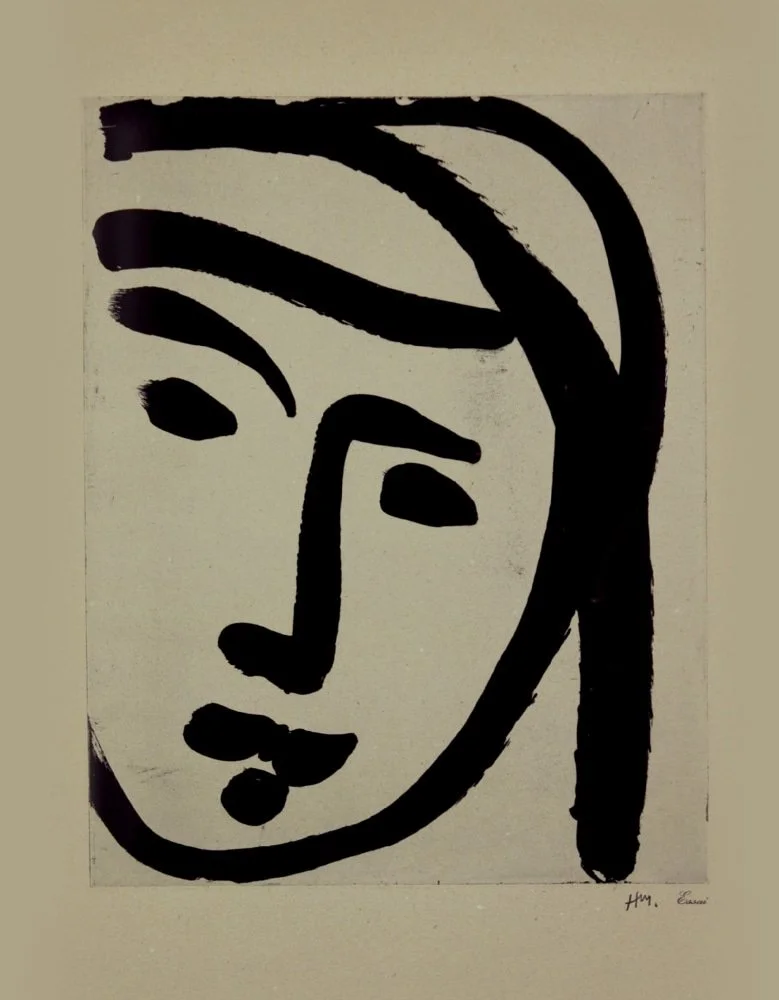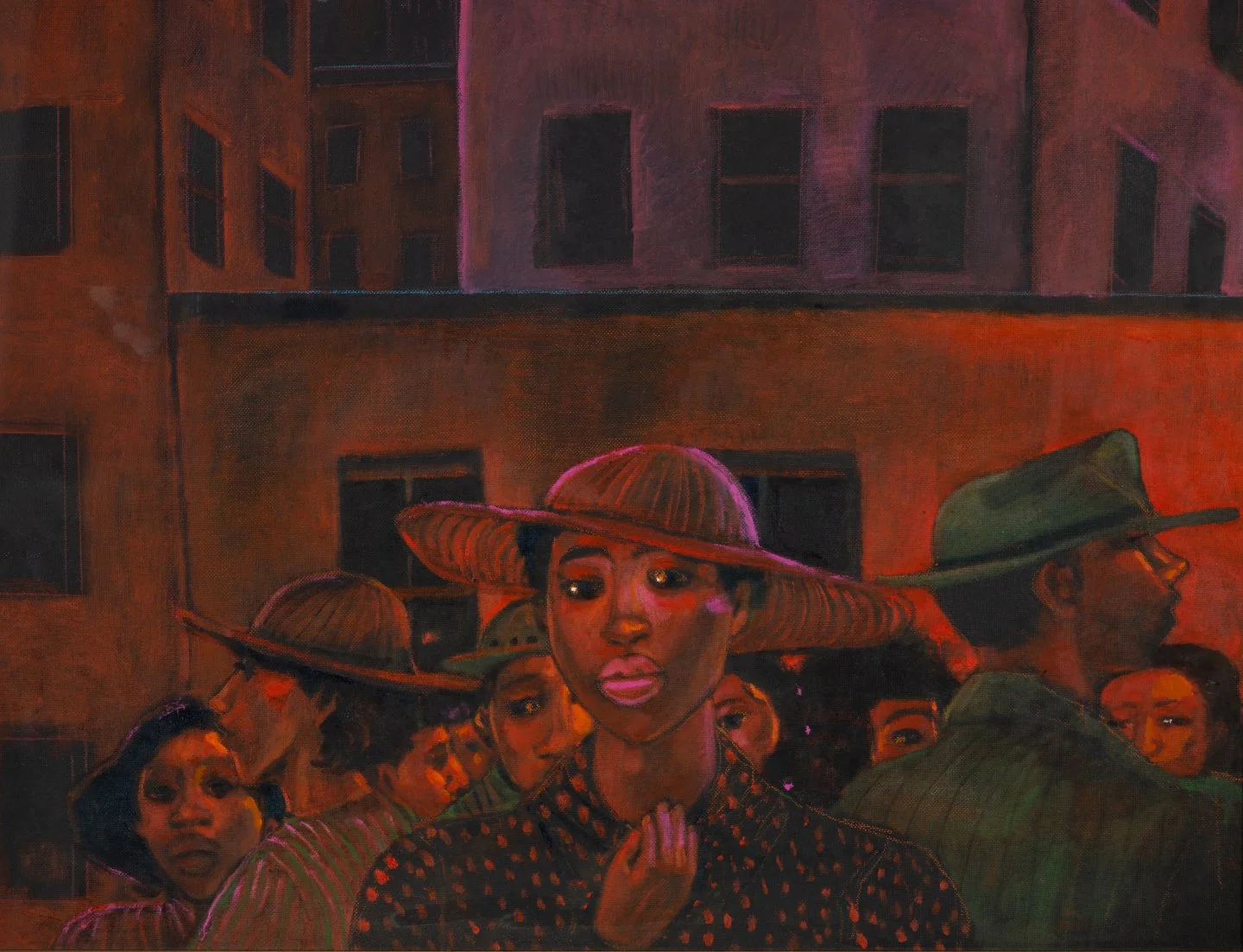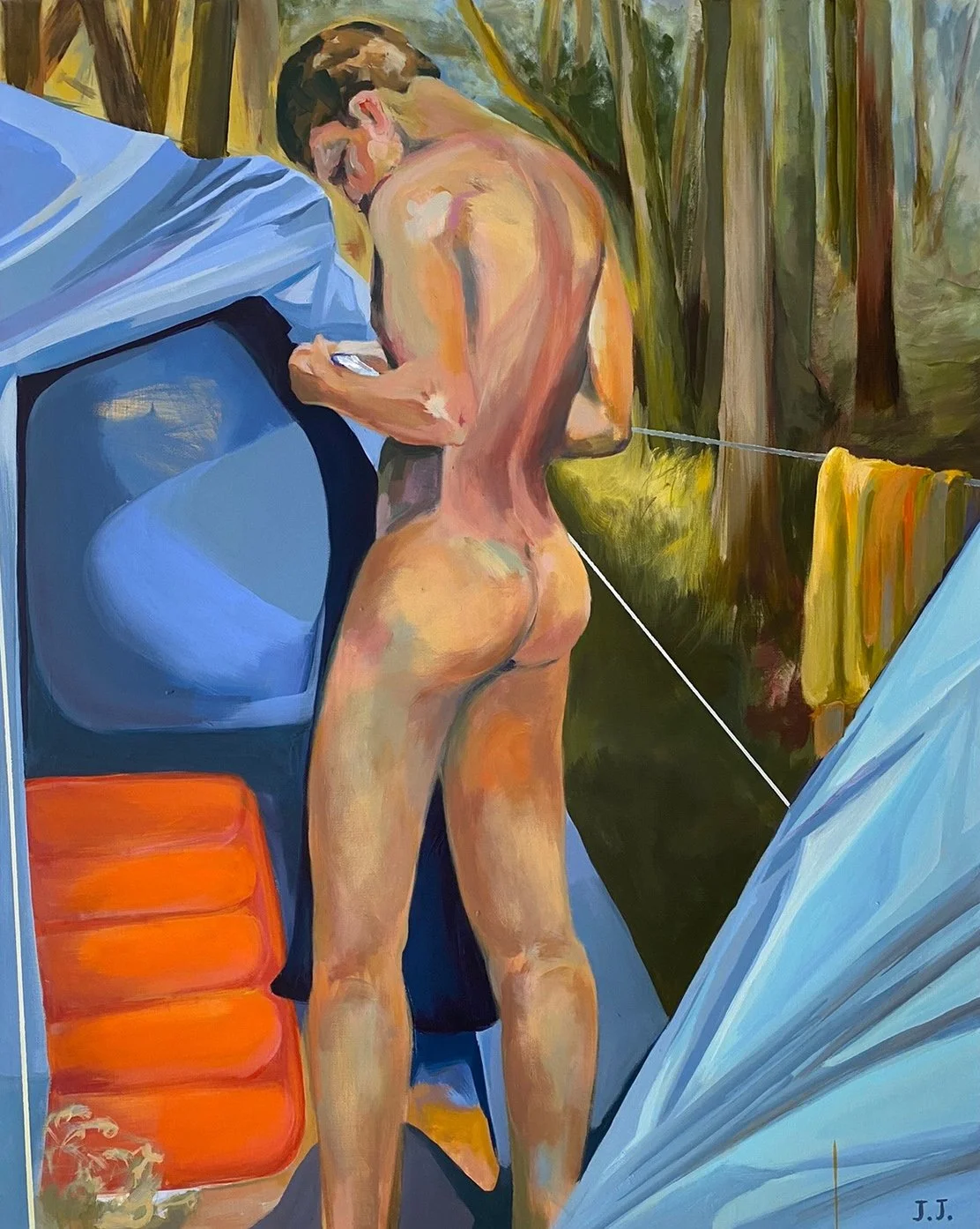Henri Matisse
“Portraits”
New York, 545 West 25th Street
Although he first moved to Paris in 1887 to study law, Matisse (1869–1954) began painting and his love of art bloomed shortly after. His prints reveal much about his creative process; for him the medium acted as extension of his drawings and allowed him to explore his subject matter in varying degrees of abstraction. The likeness and intimacy of Matisse’s portraits come from the close bond he nurtured with his models, who were often his family and friends.
“One must always search for the desire of the line, where it wishes to enter or where to die away. Also always be sure of its source; this must be done from the model.”
Matisse began creating lithographs early in his career, employing lithographic crayon on stone or using transfer paper to produce richly printed images similar to those in his drawings. It is in the 1920s that Matisse produces some of his most beautiful and spectacular lithographs which include the model either in portrait or reading in a variety of interiors. But it is Matisse’s preoccupation with the recurring theme of the exotic, moody, and sensuous nude that becomes one of the most important parts of his graphic oeuvre.
Unlike many artists who depended on close relationships with master printers, Matisse had a press installed in his studio which he worked on himself. The works produced depict a sense of closeness and intimacy derived from often impromptu sittings of the artist’s friends, family, and fellow artists. By creating a steady supply of high-quality prints over more than a half-century, Matisse was able to disseminate a large body of work, helping to solidify his reputation as one of the most important artists of the 20th century.






